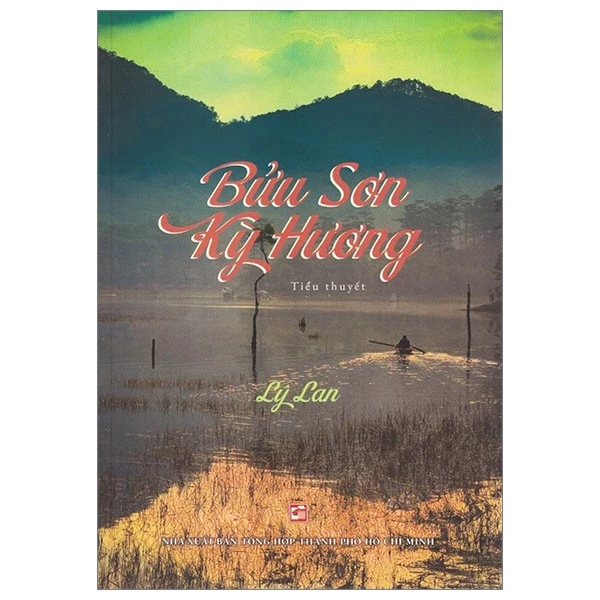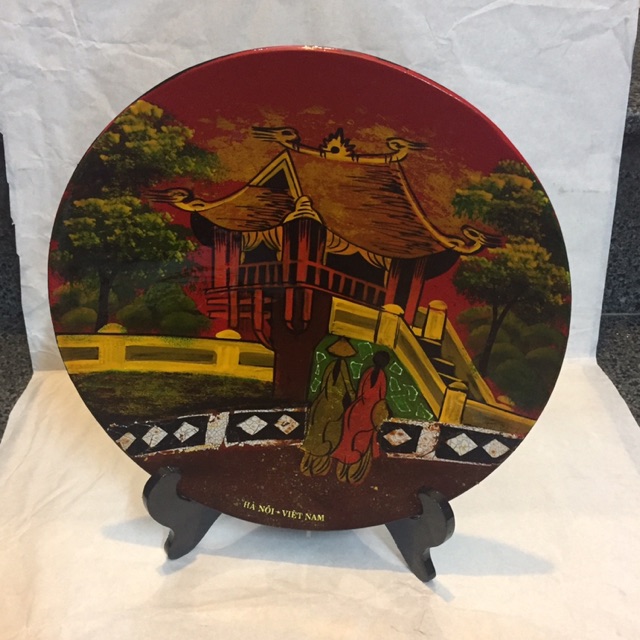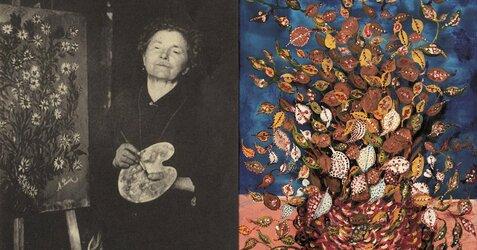0 SearchResultsFor : Cốc_biển
0 địa điểm search_results_for: Cốc_biển
Wiki --> Cốc_biển
Premium Component
Có thể bạn thích
Có thể bạn thích
 GIẢM
-26%
GIẢM
-26%
140.000 ₫
111.000 ₫
 GIẢM
20%
GIẢM
20%
200.000 ₫
250.000 ₫
 GIẢM
21%
GIẢM
21%
190.000 ₫
240.000 ₫
 GIẢM
10%
GIẢM
10%
171.000 ₫
190.000 ₫


![[Chongyun] Thuần Dương Chi Thể - Trường sinh bất lão](https://cdn.tgdd.vn//GameApp/-1//thumb-800x450-55.jpg)

